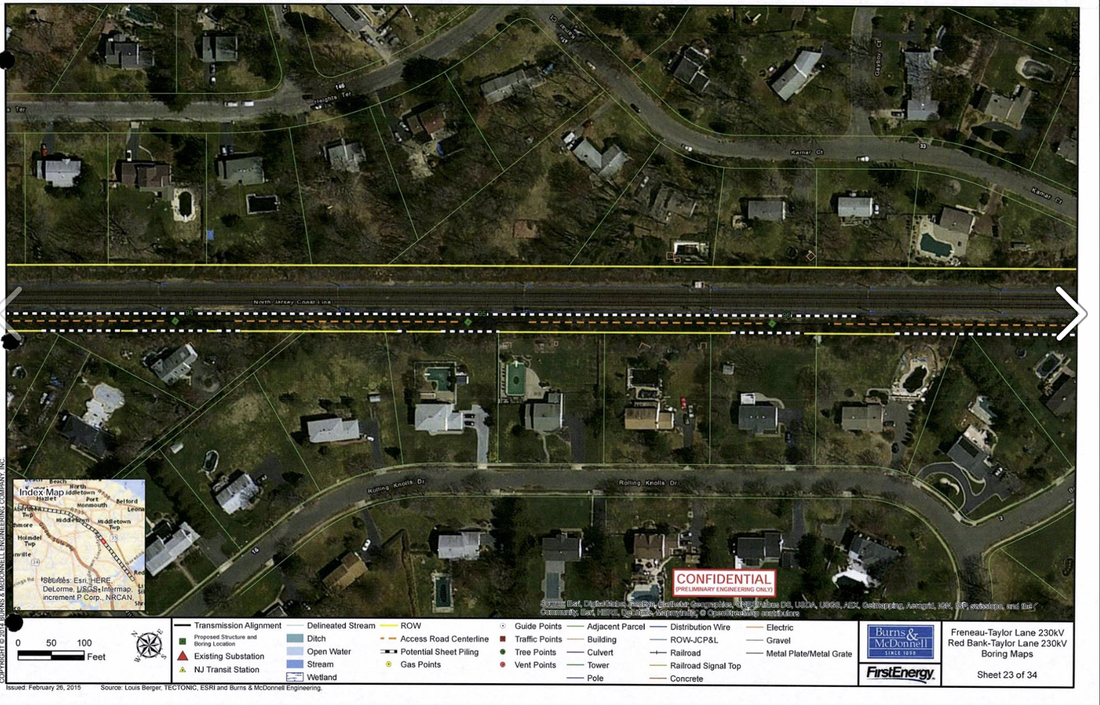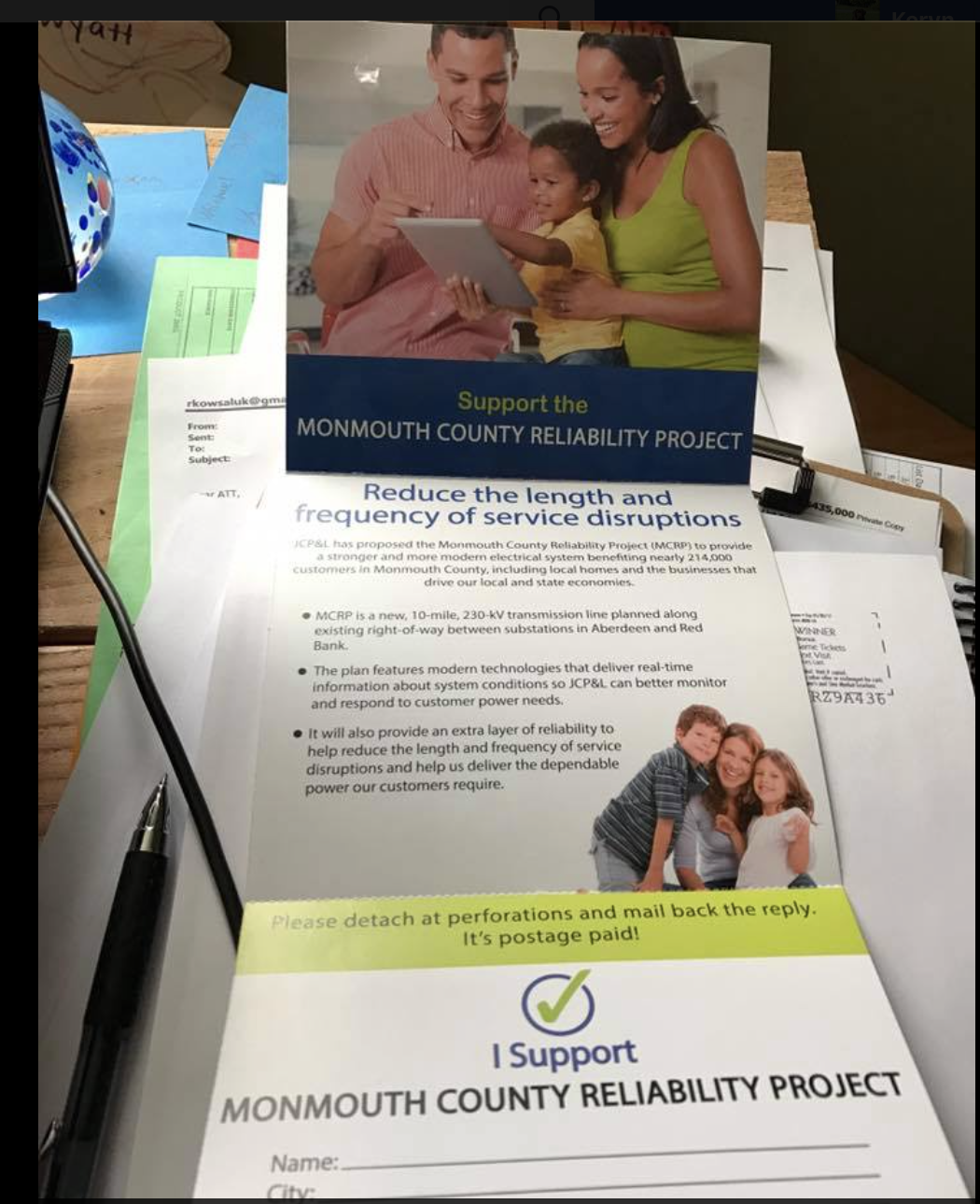New Jersey officials hope to engage in “horse trading” with other PJM states over the cost allocation of transmission needed to meet their climate goals, a key state regulator said last week.
“The other clean energy states and PJM are looking at billions of dollars of transmission upgrades if we do it the way we’re doing it now, when we can meet all the needs of the entire PJM region at approximately the same price,” he said. “So there’s a lot of room for horse trading, if we can get the parties to the table.”
The SAA leaves New Jersey “almost in a hostage situation at the moment,” Silverman said. “The transmission projects that we are planning benefit many states in PJM; they will see lower production costs as a result of these upgrades. But because of the way the system works, we are solely responsible for the cost. That needs to change.”
New Jersey asked PJM to solicit transmission proposals that would support offshore wind under PJM's "State Agreement Approach" that allows a state to put new transmission in PJM's plan, but only if they agree to pay for it. ALL OF IT. One hundred percent!
But now that New Jersey has "estimated costs would be $5 billion to $34 billion" it suddenly wants other states to pay for some of it because they may receive some fake "production cost" benefits that they never asked for and don't need (if they did, PJM would plan a transmission line outside the SAA).
Benefits are not "benefits" when you don't need them. It's like charging you for a dessert you don't want or need, but it looks good on the table and you might just take a bite.
So, what do you think? Did New Jersey honestly intend to pay for these offshore wind lines itself before it found out how expensive it was going to be, or was it just pretending all along? Did New Jersey think that it could influence other states to take a bite once the dessert was on the table?
Sneaky, sneaky, but I'm sure some PJM states won't have any problem at all saying "no" and letting New Jersey pay for its own legislative boondoggles.




 RSS Feed
RSS Feed